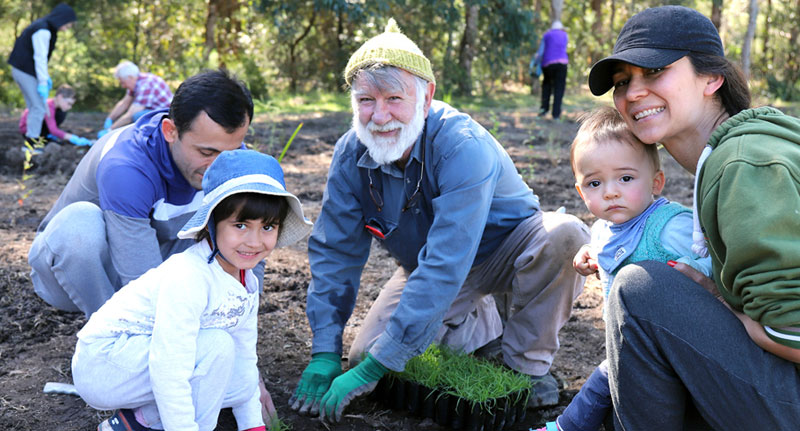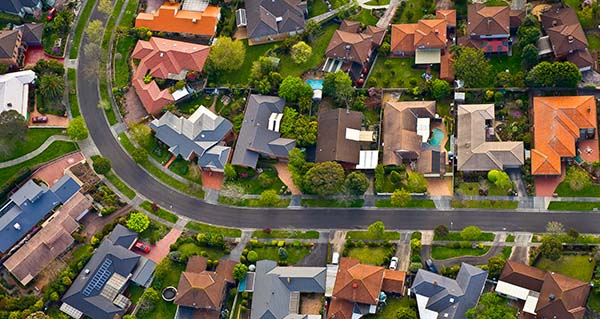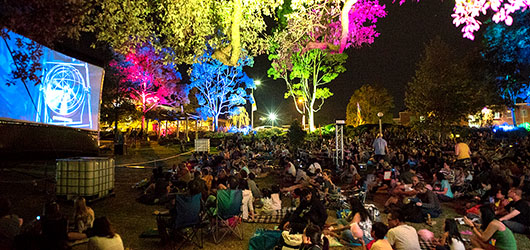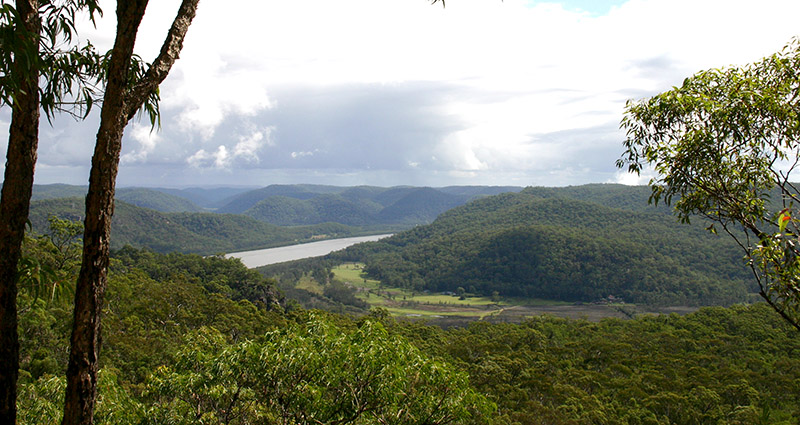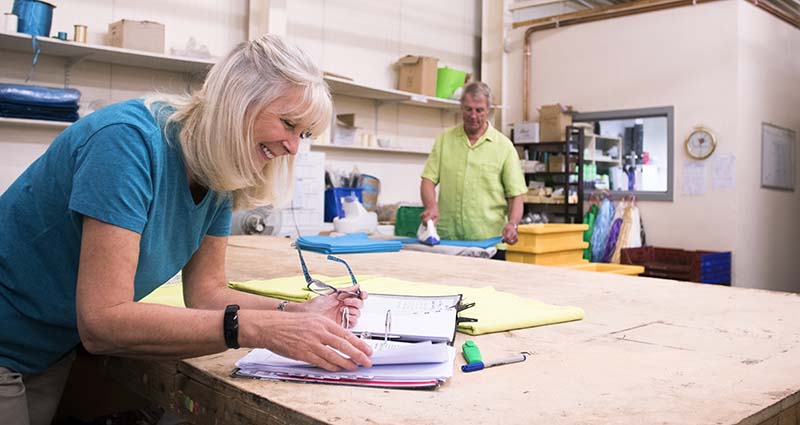Stormwater Quality Improvement Devices
Since 1994, the Catchment Remediation Rate program has funded the construction of more than 430 Stormwater Quality Improvement Devices (SQIDs) (PDF 42.6MB) across Hornsby Shire. These SQIDs help improve the quality of stormwater by removing pollutants such as litter, sediment, nutrients, and heavy metals, and by retaining and slowing stormwater flows.
Interactive SQID Map
Check out this interactive map to see the locations of the various SQIDs Shire-wide.
Types of SQIDs
Biofilters (also known as Bioretention Basins or Raingardens) – These are vegetated sand filters that trap litter, remove sediment, and filter out pollutants such as nutrients and heavy metals. They consist of a layer of vegetation, a sand filter, and an underdrain system. The vegetation helps to slow down the flow of stormwater, allowing sediments to settle and pollutants to be absorbed by the plants and soil.
- Biofilter and Raingarden Factsheet (PDF 122KB)
Examples of Biofilter interpretive educational signage:
- Generic Biofilter sign (at various locations around Hornsby Shire)
- Lyne Road, Cheltenham
- North Street and Parrish Place, Mount Colah
- Bellamy Street, Pennant Hills
- Duneba Drive, Westleigh
- Parsley Bay, Brooklyn
- Orara Park footpath, Waitara
- Pennant Hills Park Synthetic Soccer Field
- Asquith Oval, Asquith
- Berowra Waters Road, Berowra Hts
- James Henty Oval, Dural
- Dawson Avenue, Thornleigh
Gross Pollutant Traps – These devices include a range of rubbish racks, baskets, nets, and other infrastructure designed to remove large pollutants such as litter, leaves, and sediment from stormwater runoff. They are typically installed at stormwater inlets and outlets to capture debris before it enters the stormwater drainage system.
Continuous Deflective Screening (CDS) Devices – These are underground concrete chambers that use a vortex action to screen stormwater and capture pollutants. The vortex action helps to separate and trap debris, sediment, and other pollutants, allowing cleaner water to flow through the system.
Graduated Trash Racks – These are angled screens that use the velocity of the streamflow to capture organic matter and gross litter pollution. The design of the racks allows for the efficient removal of debris while minimising the impact on the flow of water.
Sediment Basins – These basins are designed to trap sediment from stormwater, preventing it from entering waterways. They are typically constructed as large, shallow ponds that allow sediment to settle out of the water before it is discharged.
Artificial Wetlands – Similar to sediment basins, artificial wetlands are generally larger and vegetated by native aquatic plants. They provide a natural filtration system for stormwater, removing pollutants through physical, chemical, and biological processes.
Stormwater Harvesting Schemes – These schemes collect stormwater runoff to be reused for irrigation on playing fields and ovals. The collected water is treated to remove pollutants and stored for later use, reducing the demand on potable water supplies.
Examples of Stormwater Harvesting interpretive educational signage:
- Epping Oval
- North Epping Oval
- Thornleigh Oval
- Mark Taylor Oval
- Asquith Oval
- Pennant Hills Park Synthetic Soccer field
- James Henty Oval
Leachate Treatment Facilities – These facilities treat polluted leachate from two of the Shire’s former tip sites at Arcadia Park and Foxglove Oval. The treatment process involves removing contaminants from the leachate to prevent pollution of downstream waterways.
Creek Remediation Works – These works involve the stabilisation of creek and drainage lines to prevent further erosion. Techniques used include re-vegetation, installation of erosion control structures, and sandstone armouring creek banks to improve stability and reduce sedimentation.

